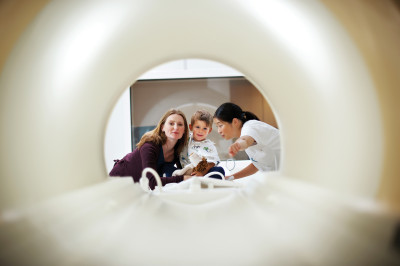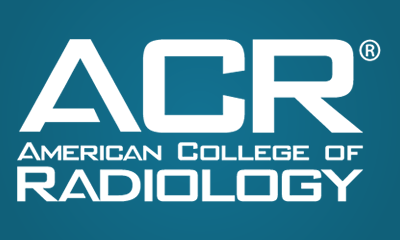As the weather grows colder, roads become slick with rain and ice, making it ever more important to drive carefully!
In 2015, car crashes were the leading cause of death for children age 10 and young people between the ages of 16-23, according to the National Highway Traffic Safety Administration. The same study revealed that 6.29 million car accidents across the country resulted in 35,000 deaths and more than 2.4 million injuries.
Alcohol and speeding were leading factors in crashes, with cell phone use and texting while driving an increasing factor.
We see a lot of patients at M1 after car crashes, many of whom complain of neck pain, which is the “cardinal symptom following whiplash injuries,” according to the European Spine Journal. MRI is helpful for neck pain and whiplash to determine whether there is issue to soft tissue or bone, guiding physicians to properly diagnose a situation and treat it well.
Most people fully recover from whiplash injuries within a few months, but a quarter of people with such injuries experience long-term pain and disability for months or years, according to a study by Northwestern University. Special MRI imaging helps predict, within the first two weeks of injury, whether a patient will develop chronic pain, disability or other post-trauma injuries and disorders.
More than 4 million Americans every year suffer whiplash and related injuries from car collisions, the study found. Estimates put the cost of rehabilitating such individuals at $30 billion every year.
Not all car crashes require MRI to determine the extent of injury. But new studies show that an MRI scan can, in fact, determine who might develop post-traumatic stress disorder from auto crash injuries, leading to a referral to a psychologist who can help patients recover.











